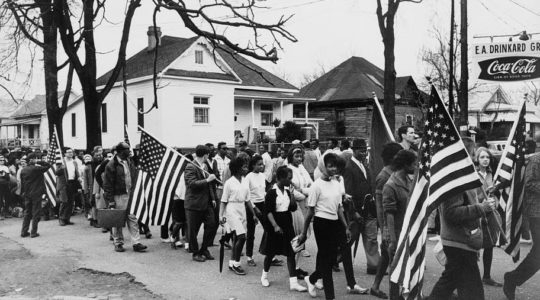Further implementation of Premier Ben Gurion’s pledge to complete the integration of Israel’s Arab minority was announced here today by Kadish Looz, Israel’s Minister of Agriculture. He stated that additional government aid to Arab farmers will be granted, a widespread agricultural education program will be in-instituted among Arab farmers, and a model village for modern Arab farming will be established.
Instructions had been issued to agricultural schools in Arab sections to register more Arab pupils and plans were under consideration for a special Arab department in such schools, the Minister revealed. Water systems have been introduced in 60 Arab villages and additional wells were under construction in other Arab villages, he declared. He also disclosed that an attempt was being made to provide permanent settlement for the wandering Israeli Bedouins with a government decision to allot 50 dunams of land to any Bedouin family wishing to settle.
Describing Arab progress under Israeli rule, the Minister said that the number of tractors in the Arab sectors had increased since statehood from 15 to 175. He cited the village of Taibeh where the number of trucks used by Arabs has increased from two in 1948 to 36 at present, while radio sets owned by Arab villagers has jumped from one in the days of the British mandate to 350.
The Ministry of Education reported today that Arabic is taught in 116 schools in Israel outside of the all-Arab villages. Fifty-five of these schools are high schools, 54 are elementary schools and the remaining seven are junior high schools. Another official report revealed that renovations and repairs to the central moszue in Acre, costing 80,000 pounds of Israel Government money, are nearing completion. In addition, 25,000 pounds was allocated last week to repair a Haifa mosque.
JTA has documented Jewish history in real-time for over a century. Keep our journalism strong by joining us in supporting independent, award-winning reporting.
The Archive of the Jewish Telegraphic Agency includes articles published from 1923 to 2008. Archive stories reflect the journalistic standards and practices of the time they were published.



